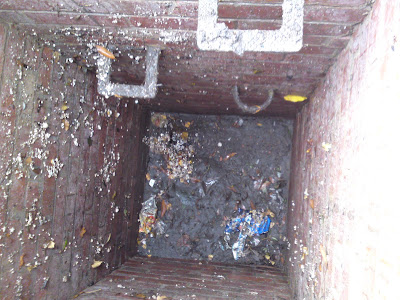 Recently found in Britain by a metal detector. The hoard of gold and silver contained about fifteen hundred items, the biggest such find ever in Britain. It was buried in what is now south Staffordshire, archaeologists believe, in the seventh century .
Recently found in Britain by a metal detector. The hoard of gold and silver contained about fifteen hundred items, the biggest such find ever in Britain. It was buried in what is now south Staffordshire, archaeologists believe, in the seventh century .More HERE.
All of the pieces are believed to be from weapons and armour, I'm staggered by the quality of craftsmanship here, from a time we think of as the primitive "Dark Ages". Oh how I wish I could stumble across things like this in the muddy stubble of a field. Yes, it's worth a huge sum, in monetary terms, but I don't care, I'd just love to find something like this, rub the mud away, and keep it as a thing of beauty, and a thing of mystery, I'd muse about the people who made it, those who carried it, chieftains, princes, the king, perhaps of the kingdom of Mercia. Or were these, perhaps trophies of battles against others?














